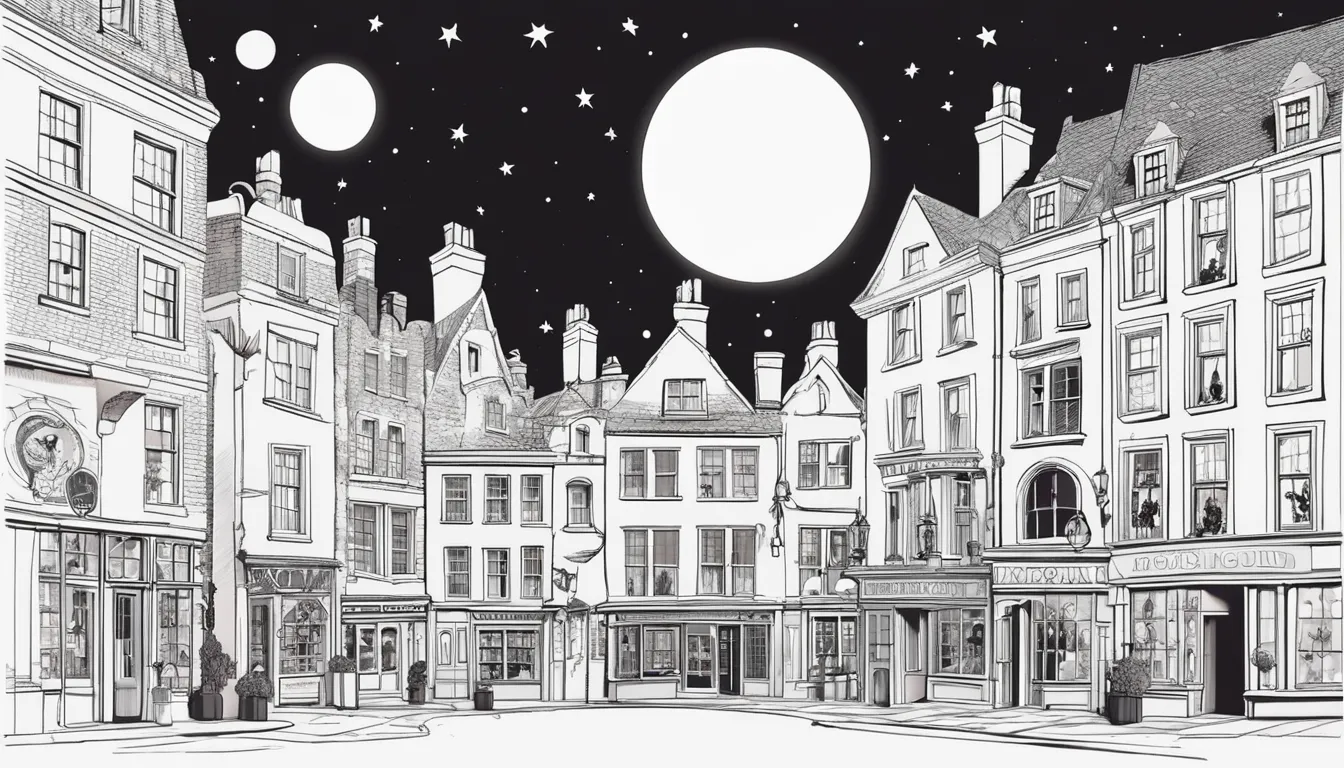Let top Palm Beach architects explain very first of all that I is writing this from the perspective of someone who has got personal experience involving having to create architectural models with limited resources. Despite the fact that I am now a specialist model manufacturer I was once a new student at the Welsh School of Structure where they seen models being a crucial part of typically the design process. Via my three years on the study course and subsequent a long time in the design making profession We have seen, or made myself, many of the common mistakes people help to make when setting out and about to produce an architectural model. With any luck , I can help you avoid these types of errors and conserve you a great deal of wasted period and effort.
Planning your architectural unit
The very first and almost all important step for any architectural type making project would be to establish an obvious goal for typically the model. Put simply, what is the unit for, what is its purpose, exactly what does it must communicate? Very very few people have the spending budget and resources to make a type that shows almost everything of their project. This is more practical to choose an aspect of your style that the model may show well.
With regard to example, if an individual are designing some sort of building in the hypersensitive area, a monochrome massing model can show the overall form and layout of your respective design and even how it rests in its situation. This will offer viewers an quick general knowledge of your project. The colors, materials and some other detailed elements can be explained through additional drawings, photographs, swatches, etc.
Another technique is to permit your drawings demonstrate the general overview of your project and even how to use architectural unit to illustrate one particular of the detailed aspects. For example you might make the part-model of your specifically interesting area of the making; an entrance characteristic perhaps or an attractive elevation. Or you may make a sectional model that pieces through the making showing the interior spatial organization.
Typically the important thing is definitely to begin with a clear purpose for your architectural model after which work out what sort of unit will best attain your goals.
What scale should the particular architectural model become?
Once you include decided what your model should demonstrate, the next phase is opt for the most appropriate scale. This kind of decision is afflicted with two things; exactly how big an area an individual need to model and exactly how much details you wish to show. When you need in order to show a major area, perhaps regarding a site context model, you might must choose the smaller scale, state 1: 500 or perhaps even 1: a thousand. This is in order to avoid the model becoming too big to be practical. Although at these smaller scales you need to be aware that is not really feasible to demonstrate much within the way involving detail.
If the purpose of the particular model is to show just the building itself a person could consider a single: 200 or even 1: 100 size. At these weighing machines you probably can indicate windows, gates, balconies, etc. Even so, if you want to show a specific area or even detailed element involving the building you may well need in order to go bigger once more, say 1: 50 scale as well as one: 20 scale.
What ever the purpose involving your model, staying able to understand scales will let you work out functional, achievable options for your particular project. Many students will already have a new clear knowledge of weighing scales and those with can skip this next bit, but in the event that you are a little uncertain on the issue it truly is probably worth reading.
Scales are usually actually quite simple. Typically the scale of new models is a new ratio – throughout other words, typically the relative size regarding the model to the real thing. For example, 1: 1 scale (we would say it as “one to one”) would be some sort of life size design. Whereas, 1: 10 scale (“one to be able to ten” or “one tenth scale”) would certainly be one tenth of actual sizing. Likewise, 1: hundred would be 1 hundredth of actual size, and consequently on. The bigger the scale indicator range, small the unit, which means less details could be shown.
Another useful way in order to think about weighing machines is to job out how many millimetres represent one metre at the certain scale you’re thinking of. We do this particular by dividing multitude of from the scale signal number. For instance, for 1: 2 hundred scale, divide multitude of by 200 plus you get typically the answer 5. Which in turn tells you that 1 metre in true life will end up being represented by 5mm around the model. Thus if the area a person need to type is 100 metres x 100 metre distances square, your 1: 200 scale type would be 500mm times 500mm (100 times 5mm).
For specifically large sites a person will need to utilize a much smaller scale, say, a single: 1000. With this size the architectural unit will be a single thousandth of the actual size. To work out the number of millimetres will stand for a metre we all redo the quantity we did previously mentioned, 1000 divided by scale indicator amount (in this situation also 1000). Typically the answer is certainly 1, meaning that one metre on site will become represented by 1 millimetre within the design. A square web-site 1000 metres x 1000 metres would likely therefore be multitude of millimetres square as a 1: a thousand scale model.
System model making strategies and materials
To the purposes of this specific general guide I will not go into a lot of specific depth on architectural design making techniques and even materials as this is some sort of very broad place and will end up being covered inside a separate article. Here are some simple rules to follow even though.
Be realistic about what you can obtain with the time, materials and facilities obtainable to you. No longer try and make the model exhibit every detail of your respective design or you just won’t finish off it. Very generally it is college students with good unit making skills that not finish their particular architectural model, mainly because their enthusiasm provides the better of them and they have tried to show an excessive amount of. Or, the model does indeed get finished although it has taken up so substantially of their moment and energy that will other important parts of their presentation have to become rushed or carry out not get done at all.
This is tricky to be able to get the equilibrium right but that is better to become a little less ambitious with the unit and focus about submitting a coordinated, fully realized overall display.


